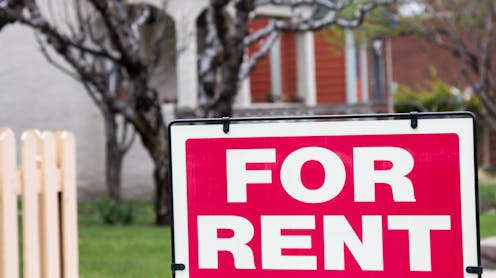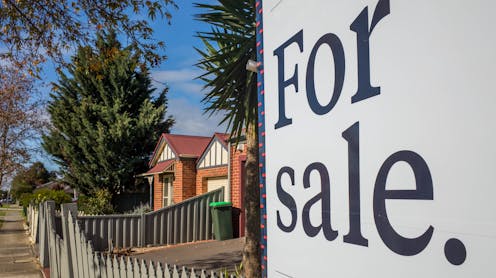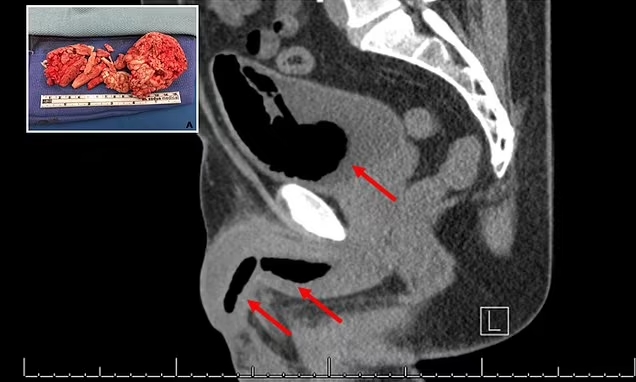If you've noticed your car insurance premiums creeping higher and higher, you're not alone. In recent times, car insurance costs have soared, with a staggering 20% increase in December 2023 compared to the previous year—the sharpest surge in almost four decades. This uptick is hitting virtually everyone, regardless of location, driving history, or vehicle type.
So, why the sudden spike in car insurance prices? Various factors contribute to this surge, including demographic shifts, increased accident rates, and changes in vehicle values. But fear not, there are strategies you can employ to cushion the blow to your wallet without compromising on essential coverage for your vehicles.
Car Insurance Rate Increase Over the Last Year
According to the U.S. Bureau of Labor Statistics, car insurance rates skyrocketed by 20.6% nationally by the close of 2023. A study conducted by J.D. Power in the same year revealed that 31% of car insurance providers in the U.S. implemented rate hikes. Some regions, such as Florida, witnessed staggering increases of up to 88% over the past year.
For instance, Progressive estimates that their liability-only policies range from $81 to $146 per month on average. However, your actual costs may vary significantly depending on factors such as coverage levels, driver characteristics, vehicle value, and state regulations.
Saving Strategies in short.
Shop Around: Don't settle for the first quote you receive. Explore offerings from multiple insurers to find the best rates tailored to your needs.
Bundle Policies: Consolidating your car insurance with other policies, like home or renters insurance, often results in discounts from providers.
Maintain a Clean Driving Record: Avoid accidents and traffic violations to maintain a favorable driving history, which can lead to lower premiums over time.
Consider Higher Deductibles: Opting for a higher deductible can lower your monthly premiums, but ensure you have enough savings to cover the deductible in case of an accident.
Drive Less: If possible, reduce your mileage or consider alternative transportation methods to qualify for low-mileage discounts.
Improve Credit Score: A higher credit score can translate into lower insurance premiums, so work on improving your creditworthiness.
Choose the Right Vehicle: Some cars are cheaper to insure than others, so research insurance costs before purchasing a new vehicle.
Ask for Discounts: Inquire about available discounts, such as those for safe driving habits, memberships, or affiliations with certain organizations.
Review Coverage Regularly: Periodically reassess your coverage needs and adjust your policy accordingly to ensure you're not paying for unnecessary extras.
9 Smart Ways to Lower Your Auto Insurance Costs
When it feels like your wallet is taking a hit from soaring auto insurance rates, there's still hope for your finances. Loretta Worters, from the Insurance Information Institute, suggests that before you ditch your current insurer, there are several steps you can take to potentially lower your premiums.
"Before making any drastic changes," says Worters, "it's important to understand the factors influencing your rates and how an annual insurance review can help you tailor coverage to your needs."
1. Assess Your Coverage Needs
Evaluate your current coverage against your circumstances. Your insurance needs may have changed since you first signed up. Take into account factors like your assets, risk tolerance, savings, and the drivers covered under your policy. Also, ensure you meet your state's minimum insurance requirements.
2. Maintain a Clean Driving Record
While you can't control factors like age or gender affecting premiums, you can control your driving habits. Avoid accidents and traffic violations, as they can lead to increased rates.
3. Choose a Budget-Friendly Car
Before purchasing a vehicle, consult with your insurance agent about potential premiums. Some cars are cheaper to insure than others. Consider models like the Chevrolet Spark, Mazda 2, VW Golf, Hyundai Accent, or Toyota Prius Prime, which are among the most affordable to insure according to Mercury Insurance.
4. Shop Around for Better Rates
Don't stick with the same insurer out of habit. Periodically compare quotes from different companies to find the best deal. Utilize independent agents or online comparison tools for assistance.
5. Utilize Telematics for Discounts
Many insurers offer discounts through usage-based insurance programs. By allowing your driving habits to be monitored through an app or plug-in device, you may qualify for lower rates.
6. Maximize Available Discounts
Be sure to inquire about all potential discounts, such as those for students, seniors, military personnel, safe driving records, or completing defensive driving courses.
7. Bundle Policies
Consider bundling your auto insurance with renters or homeowners insurance from the same company. This often leads to significant discounts.
8. Improve Your Credit Score
A higher credit score can result in lower insurance premiums. Pay bills on time, reduce debt, and use credit responsibly to boost your creditworthiness.
9. Avoid Sacrificing Coverage
While raising your deductible or dropping coverage might seem like quick fixes, it's important not to skimp on essential protection. Look for alternative ways to save, like opting for paperless billing or paying annually.
"Choose the highest deductible you can comfortably afford," advises Michael J. McCartin, "but don't sacrifice coverage to the point where potential savings aren't worth the risk."
By implementing these strategies, you can take control of your auto insurance costs and keep more money in your pocket without compromising on essential coverage.
Find here the minimum car insurance requirements for your state in the United States.

Why are auto insurance rates going up?
Have you noticed a sudden spike in your car insurance premiums, leaving you wondering what's behind the increase? Several factors have converged in recent years, leading to significant losses for insurance companies and subsequent hikes in insurance rates. Let's delve into some of the key drivers behind these auto insurance rate hikes.
High Repair Costs
One major factor contributing to rising insurance premiums is the increasing cost of vehicle repairs. This rise can be attributed to several factors, including the higher prices of auto parts, aging vehicles requiring more extensive repairs, supply chain disruptions, and shortages in skilled labor. According to the Consumer Price Index (CPI), the cost of vehicle maintenance and repairs surged approximately 7% between 2022 and 2023. Longer repair times due to labor shortages also contribute to increased expenses, as more time in rental cars means higher claims costs for insurers.
Impact of Climate Change
The escalating frequency and severity of natural disasters and extreme weather events linked to climate change have led to record losses for insurance companies. These catastrophic events result in a surge of claims for both auto and home insurance, putting additional strain on insurers' finances. For instance, State Farm, one of the largest insurers in the U.S., sought approval for over 65 rate hikes across 29 states in early 2023 due to significant losses incurred from weather-related claims.
Increase in Severity of Insurance Claims
With the resurgence of vehicles on the roads post-pandemic, accident rates have climbed, leading to more severe insurance claims. State Farm reported an unprecedented $13.2 billion underwriting loss in 2022, largely attributed to the heightened severity of auto insurance claims. This increase in accidents has resulted in higher costs for insurers, including rising medical expenses, vehicle repair bills, and legal fees associated with claims.
Main reasons for the spike in car insurance rates
Experts have identified four key reasons behind the recent spike in insurance costs. Let's take a closer look at these factors.
Increased Driving Costs: It's no secret that the expenses related to driving have been on the rise. From fuel prices to maintenance and repair costs, the overall cost of owning and operating a vehicle has climbed steadily. These higher costs are directly impacting insurance premiums, as insurers need to adjust their rates to account for these expenses.
Growing Number of Vehicles on the Road: With more cars hitting the road than ever before, the likelihood of accidents also increases. The rise in traffic congestion and the sheer volume of vehicles on highways and city streets contribute to a higher frequency of accidents. As a result, insurance companies face more claims payouts, leading to higher premiums for drivers.
Surge in Auto Theft: Auto theft rates have seen a concerning surge in recent times. Stolen vehicles not only result in financial losses for owners but also pose a significant risk to insurers. As the number of stolen cars rises, insurers are forced to adjust their rates to mitigate the increased risk of theft-related claims.
Impact of Catastrophic Weather Events: The frequency and severity of extreme weather events, such as hurricanes, floods, and wildfires, have been on the rise due to climate change. These disasters often result in widespread damage to vehicles, leading to a surge in insurance claims for repairs or total losses. As insurers grapple with the financial fallout from these catastrophic events, they pass on the costs to policyholders in the form of higher premiums.
Read More: Understanding Minimum Car Insurance Requirements in all U.S. States
Loretta Worters from the Insurance Information Institute emphasizes that these rate hikes stem from a combination of factors, including not only rising repair costs but also increased accident frequency and severity, along with a rise in fatalities and injuries on the road leading to greater legal involvement in claims.
In conclusion, while facing higher car insurance premiums can be frustrating, it's essential to understand the underlying factors driving these increases. By staying informed about the dynamics affecting insurance rates, consumers can make more informed decisions about their coverage and explore strategies to mitigate the impact on their finances.


















 English (United States) ·
English (United States) ·